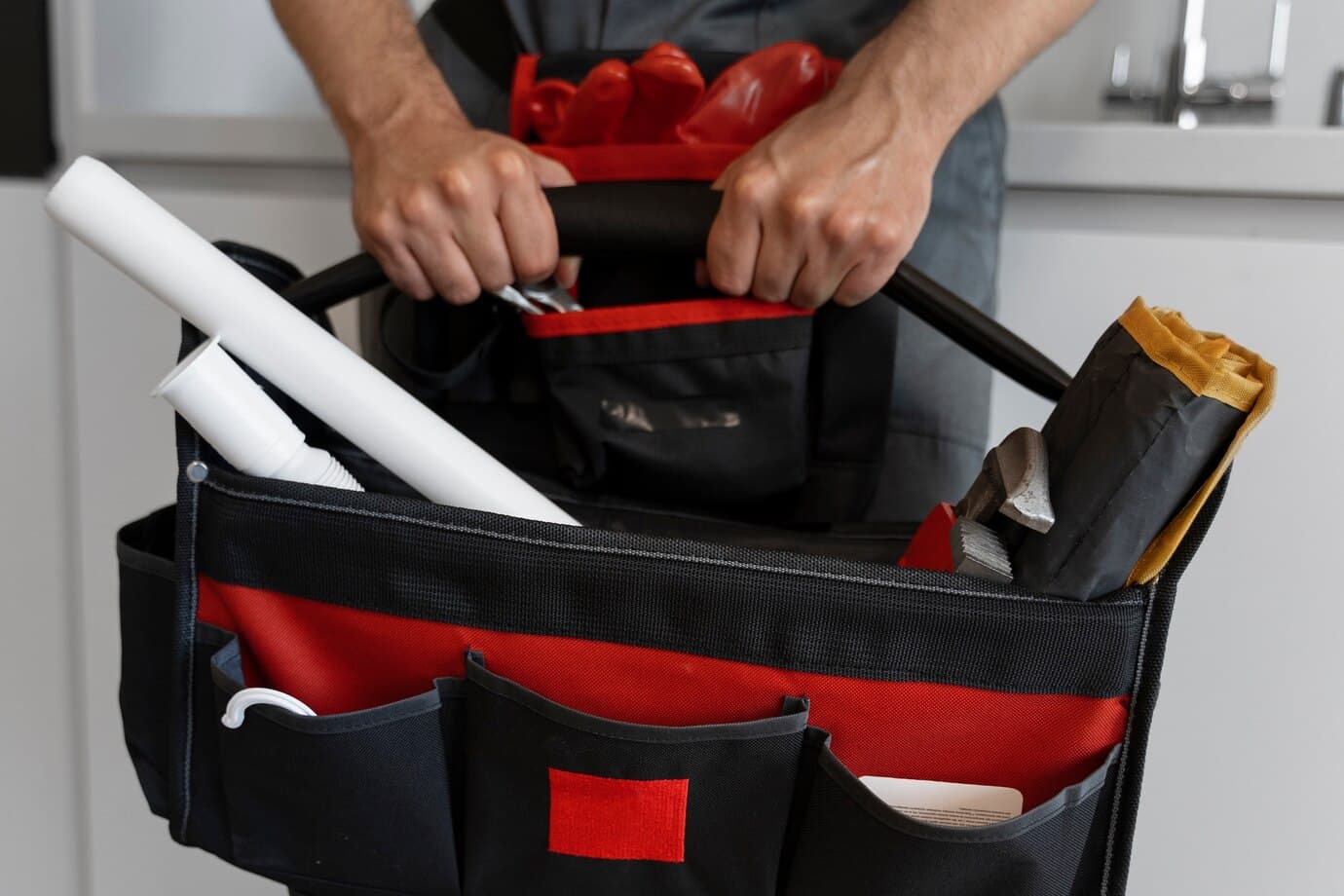How to Safely Handle Plumbing Tools and Chemicals
Handling plumbing tools and chemicals can be hazardous if not done correctly. Whether you're a professional plumber or a DIY enthusiast, knowing the right safety protocols is crucial to prevent accidents and ensure a safe working environment. Here’s a comprehensive guide on how to handle plumbing tools and chemicals safely.
Shop Tankless Water Heater Flushing Kit Now
Understanding the Risks
Before diving into the specifics, it's important to understand the potential risks involved:
- Physical Injury: Incorrect use of tools can lead to cuts, bruises, or more severe injuries.
- Chemical Burns: Many plumbing chemicals are corrosive and can cause burns or other skin injuries.
- Inhalation Hazards: Vapors from chemicals can be harmful if inhaled, potentially damaging the respiratory system.
Safe Handling of Plumbing Tools
1. Read the Manual
Always start by reading the manufacturer’s manual. Each tool can have specific operational guidelines which are crucial for safe handling.
2. Wear Appropriate Safety Gear
- Gloves: Protects from sharp edges and hot surfaces.
- Goggles: Shields eyes from flying debris.
- Ear Protection: Necessary when using loud power tools.
3. Inspect Tools Before Use
Check for any damage or wear. Defective tools can be dangerous and less effective.
4. Use the Right Tool for the Job
Avoid improvising with tools not suited for the task, as this can lead to accidents.
5. Maintain a Clean Workspace
Keep your work area free of clutter and spills to prevent tripping or other accidents.
Safe Handling of Chemicals
1. Understand Chemical Properties
Before using any chemical, read the label for:
- Hazards
- First aid information
- Proper usage instructions
2. Use Proper Ventilation
Always work in a well-ventilated area to avoid inhaling dangerous fumes.
3. Wear Protective Clothing
- Chemical-resistant gloves
- Face shield or goggles
- Apron or coveralls
4. Store Chemicals Properly
Keep chemicals in their original containers with labels intact, and store them in a cool, dry place.
5. Dispose of Chemicals Responsibly
Follow local regulations for the disposal of hazardous materials to prevent environmental contamination.
Emergency Procedures
1. Know How to Respond to Exposure
- Skin Contact: Rinse immediately with plenty of water.
- Eye Contact: Flush eyes with water for at least 15 minutes and seek medical attention.
- Inhalation: Move to fresh air and seek medical help if symptoms persist.
2. Keep a First Aid Kit Handy
Ensure it’s stocked with treatments for burns, cuts, and eye injuries.
3. Have Emergency Contacts Ready
Include numbers for poison control and nearby medical facilities.
Conclusion
By following these safety guidelines, you can minimize the risks associated with handling plumbing tools and chemicals. Remember, safety is paramount in any maintenance or repair task. For further assistance or if you have specific questions, consider consulting with a professional. At Mavyn, you can chat with our AI, Mavyn GPT, or connect directly with a human expert to get tailored advice and answers to your questions. Stay safe and informed!
